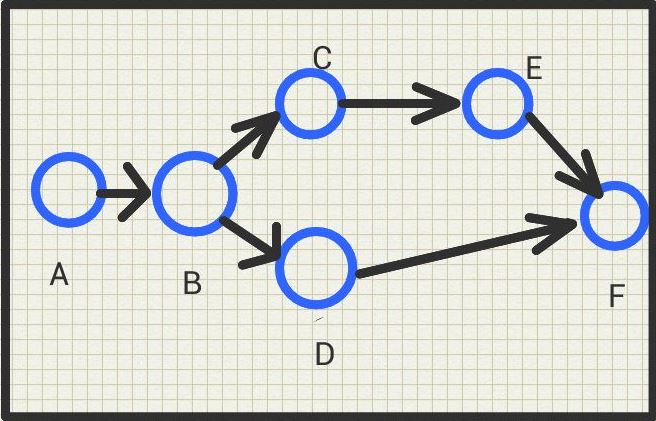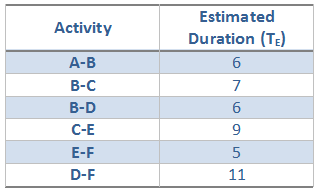These days, many projects launched by corporates are large scale and involve a lot of money. Also, the projects may be linked to acquiring market share and competitive advantage. Therefore estimating and adhering to the project schedule becomes more and more critical and an absolute necessity for companies.
Typically, a project is a sequence or collection of individual activities that may be performed sequentially and/or parallel depending upon the nature of the project and dependency among the activities.
To manage a project better, one must be well-versed in the below:
- Activities and their Duration
- Dependencies between the activities, that require them to performed in a sequence
- Predecessor and successor activities
- Parallel activities
As you would have already seen in PERT, Activity Network Diagram is one of the simplest and easiest ways to arrive at the Project Duration. The activities are arranged as a network between a ‘Start’ and ‘End’ point based on:
- Their sequence
- Duration of preceding and succeeding activities
- Parallel activities
The entire objective of an Activity Network Diagram is to arrive at a diagram that has the shortest or otherwise optimal project duration. The diagram has different paths traversing from the ‘Start’ to ‘End’ node. The one with the longest path in terms of duration is called the Critical Path. The duration of the project is the sum of duration of the activities involved in the Critical path. All other paths have a duration lesser than the Critical path, and hence can be delayed by the difference in the amount of time between the critical path and its own path without delaying the overall project duration. Any delay in the activities in the Critical path will lead to a delay in the entire project duration and hence the name.
Let us use the same example that we discussed in PERT:


The above table shows the estimated duration of each of the activities. Now, based on how the activities are arranged, there are two paths in the project: A-B-C-E-F and A-B-D-F. (These paths are created from the Predecessor and Successor activities of each activity. For further details please refer article on: Activity Network Diagram).
The duration of the two paths are as below:
A-B-C-E-F = A-B + B-C + C-E + E-F = 6+7+9+5 =27
A-B-D-F = A-B + B-D + D-F = 6+6+11 = 23
Though, the activities B-D, D-F are completed earlier, the project can be completed only when B-C,C-E,E-F are completed which will take more time. Therefore the duration of any project can be taken as the duration of the longest path of the Activity Network Diagram, which is called as the Critical Path. In our case, it is 27 days.
Now that it takes 27 days to complete the project, activities B-D, D-F may have to wait for 4 days (27-23). So, they have an additional 4 days, within which the activity window can be moved, and completed without impacting the duration of the project. This ‘additional days’ is called as Slack. Please note that activities in the Critical path do not have the liberty to be delayed or in technical terms they do not have a Slack. (For further details on calculation of Slack, please refer to the article on: Activity Network Diagram).
There are also other Project Management tools available that the project manager can use like Crashing, Fast tracking and Resource Leveling etc. to manage the project in terms of Cost, Schedule and resource availability.
